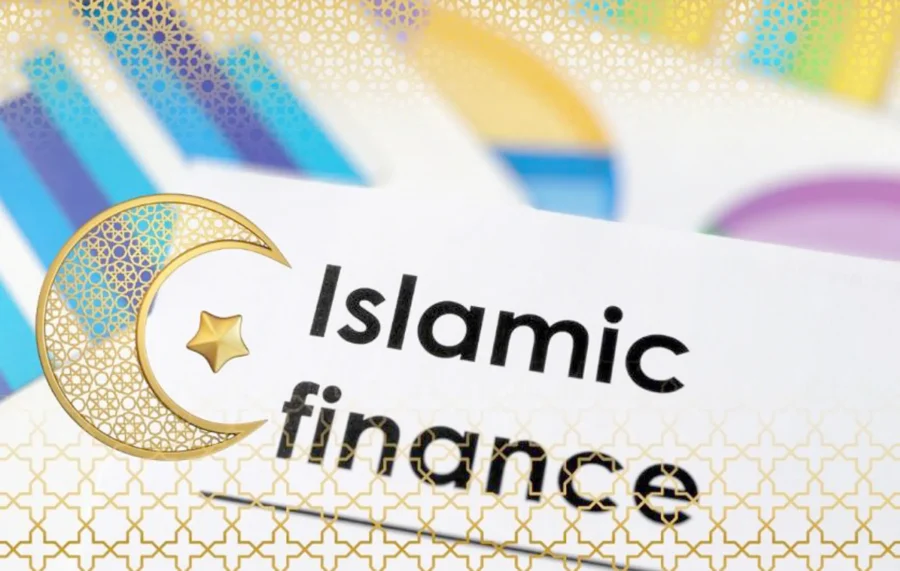Islamic finance first emerged in the 1970s in the Middle East and North Africa (MENA), and although a relatively young industry, it has registered accelerated growth throughout the years. It is already present in more than 80 countries, and according to the Islamic Financial Services Board’s (IFSB’s) “The Islamic Financial Services Industry (IFSI) Stability Report 2023”, the industry was worth an estimated US$3.25 trillion in 2022. It recorded a 6.2-percent year-on-year growth rate and is projected to reach US$4.94 trillion in value by 2025.
There are three main ways in which the industry can grow further: by gaining market share in existing markets, by expanding into other Islamic markets and by using the esteemed reputation and ethical principles that underpin Islamic banking to support growth in markets that are not traditionally associated with it.
Technology is a crucial prerequisite in achieving this growth, and only the right technology combined with a deep understanding of Islamic finance can enable agility and lead to steady growth, equipping Islamic financial institutions (IFIs) to offer market-leading products and seamless customer experiences while leveraging the enhanced distribution capabilities of truly digital banking.
Key differences between Islamic and conventional banking
Simply put, Islamic finance underpins banking services that follow Sharia principles. The financing process is addressed in a fundamentally different way in Islamic banking than in conventional banking. Interest is strictly forbidden, including for loans and customer deposits.
Instead, IFIs use equity participation—the IFI shares the profits and losses associated with the account. They also invest in ethical trading activities and are required to ensure that profit payouts are conducted in line with Sharia principles.
Islamic finance is all about banking that aligns with specific customer values, such as the belief that money does not inherently have value but is a means to exchange products and services. This is prevalent in the MENA region and around the world. For example, there are several Islamic finance services in the United Kingdom. Although predetermined principles underpin Sharia, the concept also corresponds with the rising worldwide demands for banks to reflect the ethos of their customers, such as ethical, sustainable and responsible banking.
Compared to conventional banking, the Islamic-banking operating model adds a new layer of complexity. The procedures and controls involved are rigorously focused on upholding Sharia compliance and ensuring that the right financing products are offered. Violations during this process can generate risk and impact customer loyalty.
Running two core banking systems
The standard approach for banks running both conventional and Islamic banking is to deploy two different core banking systems. This approach can lead to increased complexities, risks, degraded customer experiences, data-exploitation difficulties and enterprise-agility limitations. Deploying two different systems usually means that the systems are not based on the same technology stack, so even if deployed in the Cloud, two IT (information technology) teams are needed. These added complexities often translate into tremendous costs.
Using two core banking systems also means that compliance measures with national and international regulations must be implemented twice. This is an ongoing exercise as rules and regulations continually evolve and new products are introduced. Managing credit risks promptly is another challenge, as having to view and extract data from two different systems is more time-consuming and resource-intensive.
With a few exceptions, technology vendors have poorly served IFIs, offering mostly slightly modified versions of conventional-banking or Islamic-banking systems built on outdated technologies that can’t keep up with the unique needs of IFIs.
Notably, most IFIs (74 percent) have expressed concerns about the limitations imposed by legacy infrastructures and outdated technologies. These constraints make it difficult for them to adapt to evolving market dynamics and stay competitive in the face of technological advancements. Outdated applications and legacy infrastructures also hinder their ability to use data effectively and increase cybersecurity risk. A CIBAFI (General Council for Islamic Banks and Financial Institutions) study highlighted that technology and cybersecurity are among the most cited risks mentioned by Islamic banks.
The right technologies equal new opportunities
IFIs tend to pick systems designed to be pre-play Islamic core-banking systems with the assumption that they will reduce risks, but these systems are often developed with limited functionalities and can hold back growth and even increase risks.
The great news is that choosing a system that can support both conventional and Islamic banking doesn’t have to cause a Big Bang effect. This journey doesn’t need to include a wholesale architecture transformation right away. Instead, Islamic banks can improve their performance, security and scalability by gradually adopting the best solutions.
Microservices-based architecture and composable banking support this approach, enabling banks to quickly integrate new functionalities and solutions from third-party fintechs (financial-technology firms) to promote agility and innovation.—International Banker










